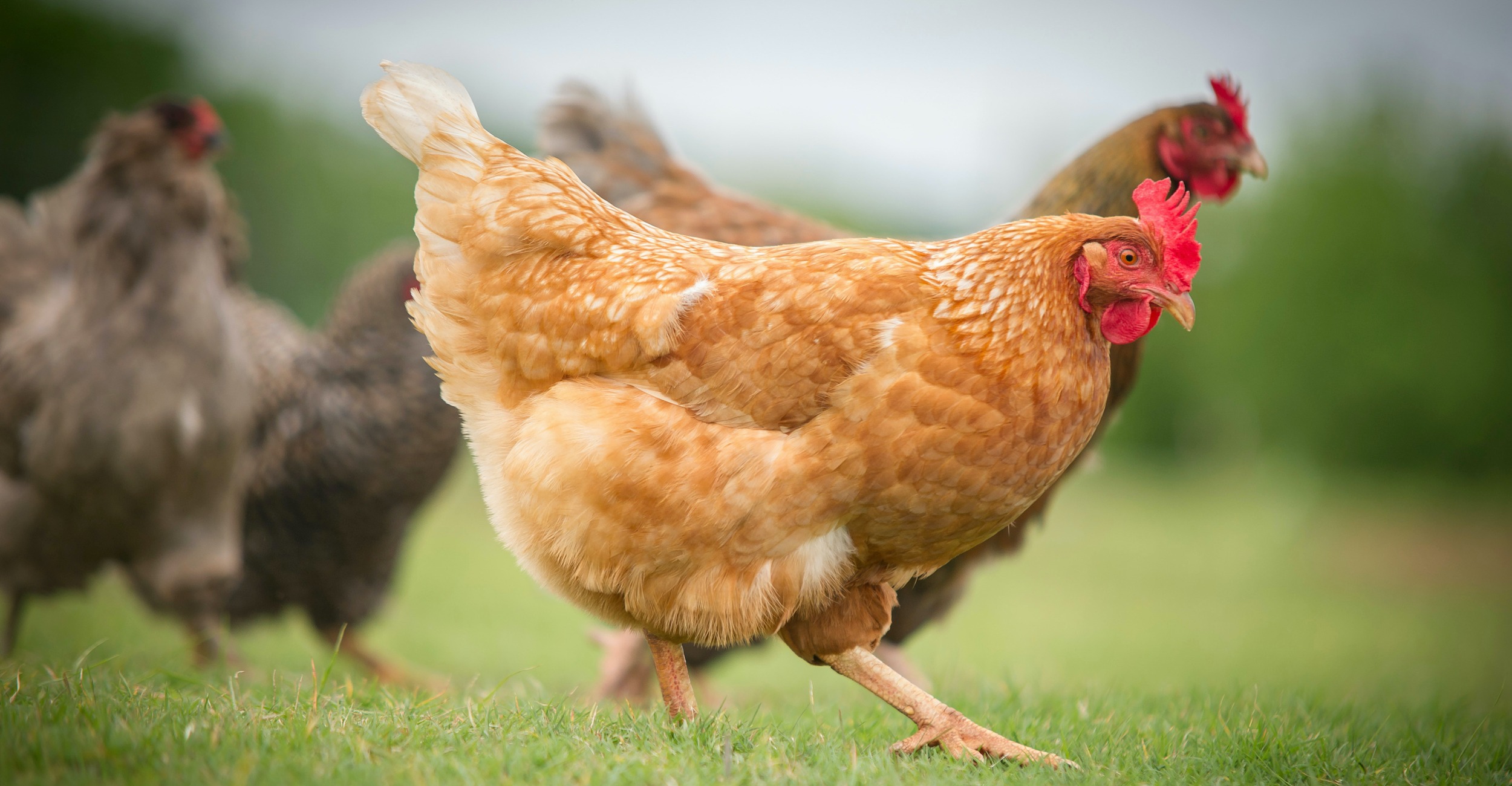
Tighten biosecurity to prevent avian influenza
Monday, March 21, 2022
Media Contact: Gail Ellis | Communications Specialist, Copywriter | 405-744-9152 | gail.ellis@okstate.edu
The U.S. Department of Agriculture has announced highly pathogenic avian influenza (HPAI) has been detected in backyard chicken flocks, commercial chicken operations or wild bird flocks in at least 12 states. The virus primarily infects birds and requires rapid response. Oklahoma has not had a positive case of HPAI detected at this time.
Officials at the Oklahoma Department of Agriculture, Food and Forestry are working closely with Oklahoma State University Extension specialists and educators as well as veterinarians to monitor the situation and keep poultry growers informed on how best to prevent infection.
The USDA has confirmed cases of HPAI in Missouri and Kansas, and the states’ close proximity to Oklahoma has animal health officials on alert. The spread of HPAI from birds to other species, including humans, is rare and results from extensive direct contact. Barry Whitworth, DVM, OSU Extension southeast area food and animal quality health specialist, said although the virus has been detected in all four bird migratory flight zones, HPAI can still be prevented with strong biosecurity measures.
“With past outbreaks, a breakdown in biosecurity was one of the main reasons the virus spread from one operation to another,” Whitworth said. “If farms and backyard poultry owners stick to biosecurity protocol, it should reduce their chances of having issues with avian influenza.”
Flu respiratory symptoms in birds could include coughing, sneezing, watery eyes, discharge from nasal passages or even neurological signs, such as the inability to walk or a head tilt. Whitworth said the most obvious signal is the rapid increase of birds getting sick or dying in a short amount of time. Unexplained sudden deaths should be reported immediately.
“Call somebody, whether it’s your local veterinarian, your county Extension office or ODAFF,” he said. “Vets and Extension educators are going to notify ODAFF as quickly as possible.”
If the state veterinarian receives a call about a sick bird or birds, a disease investigation will be initiated at no cost to the poultry owner.
“A response to the problem will depend on the findings of the investigation.” Whitworth said. “One backyard poultry operation in the panhandle would be handled differently than a commercial farm in Ottawa or Adair County.”
Owners and managers of backyard flocks can prevent transmission from wild geese and other birds by preventing their chickens from having contact with wild birds. Another recommendation is to cover chicken coops with a roof or tarp to prevent the entry of fecal matter from wild birds that fly overhead.
Whitworth and other OSU Extension specialists are supporting ODAFF’s efforts to promote public webinars and distribute information where poultry is sold or exchanged. More than 50 million birds were depopulated during the last national HPAI outbreak of 2014-15, and although the U.S. is currently not experiencing infection rates at that level, Whitworth said state and federal animal health officials are taking the necessary precautions to prevent another significant event.
While poultry is safe to consume, the economic impact of HPAI on the poultry industry can be devastating.
“Whether you’re a backyard poultry owner or a commercial farmer, dealing with animals dying in large numbers is tough,” he said. “The main thing to emphasize is practicing biosecurity.”
OSU Extension offers a fact sheet with biosecurity practices and disease information as well as a backyard chicken online course.
